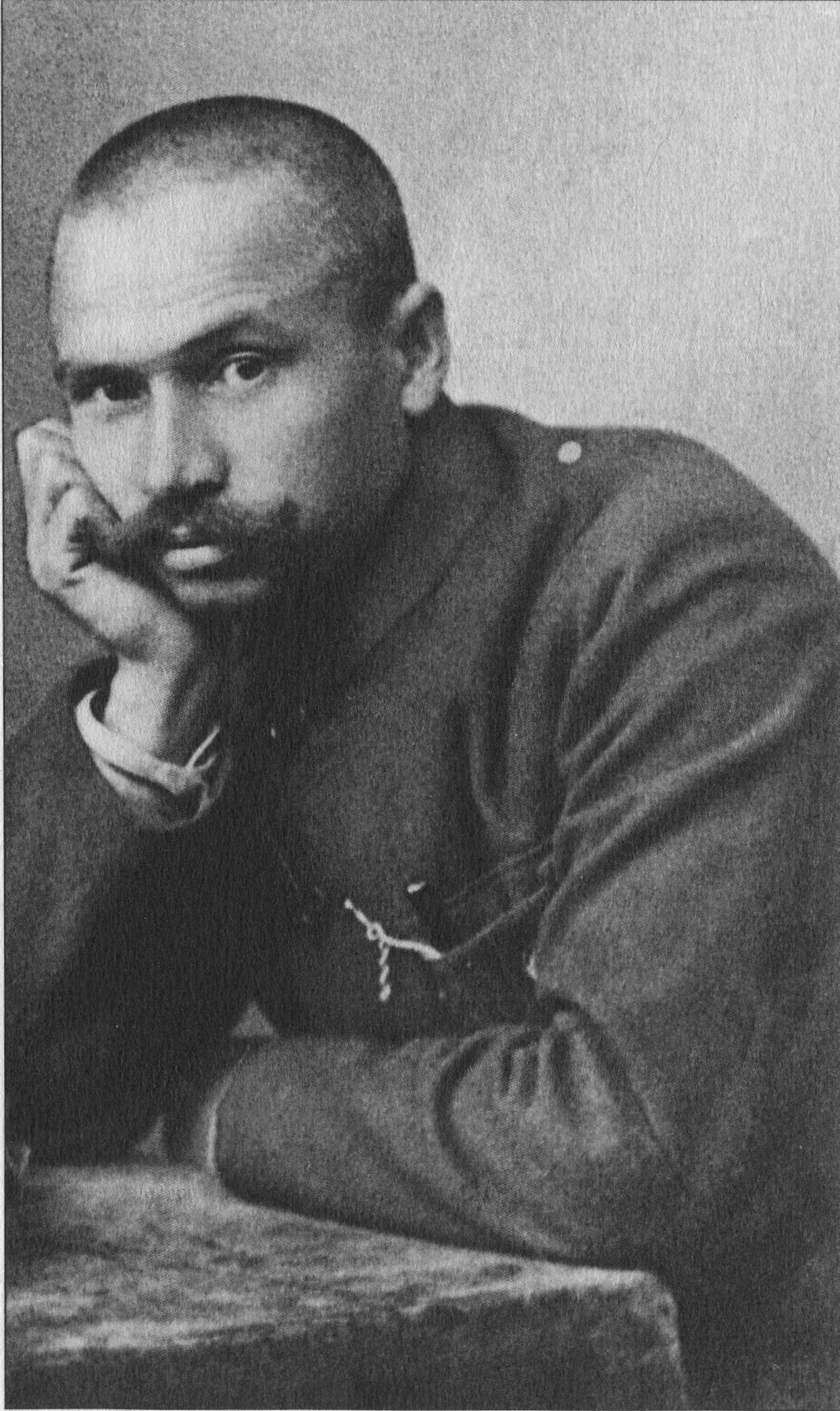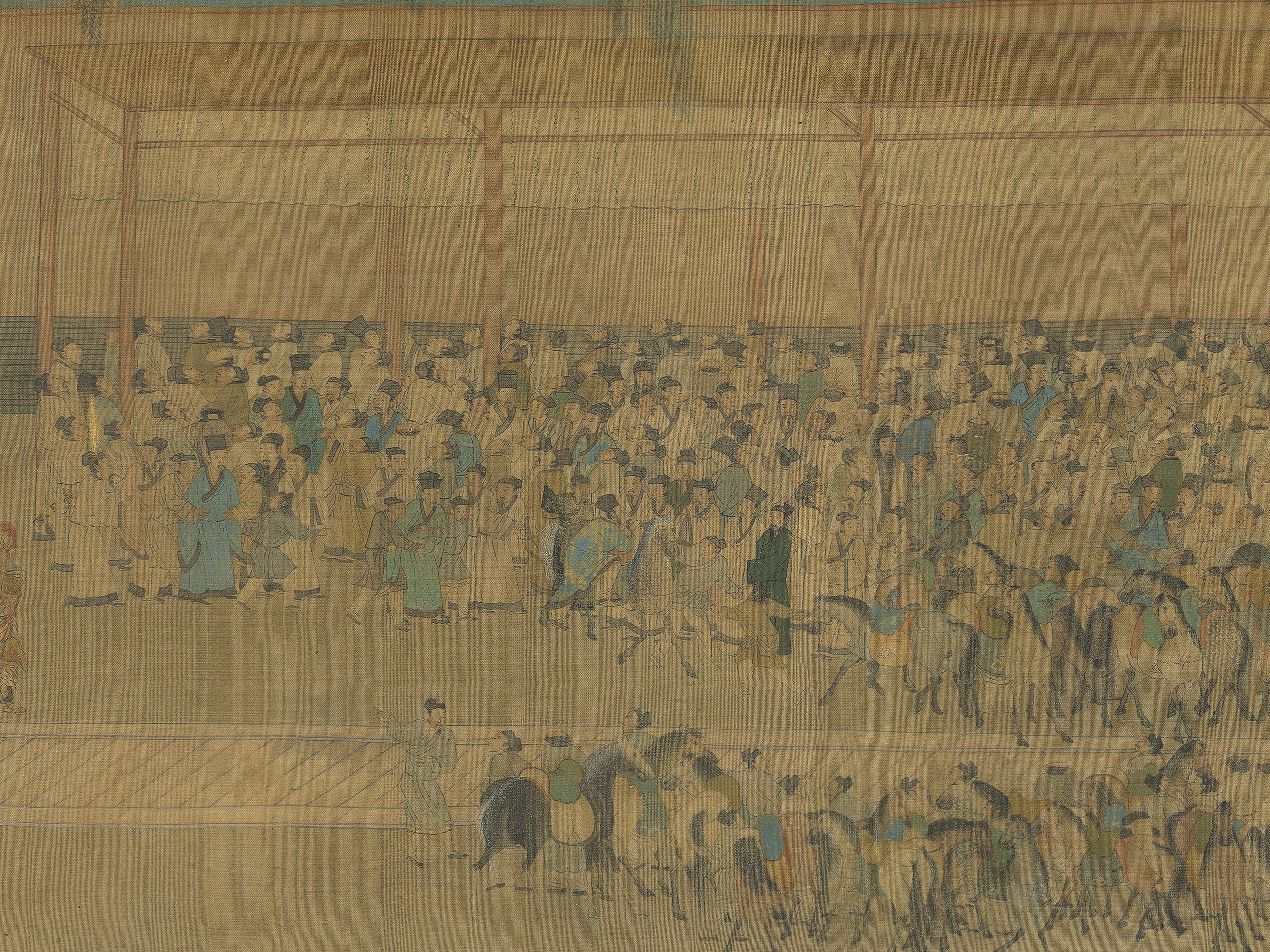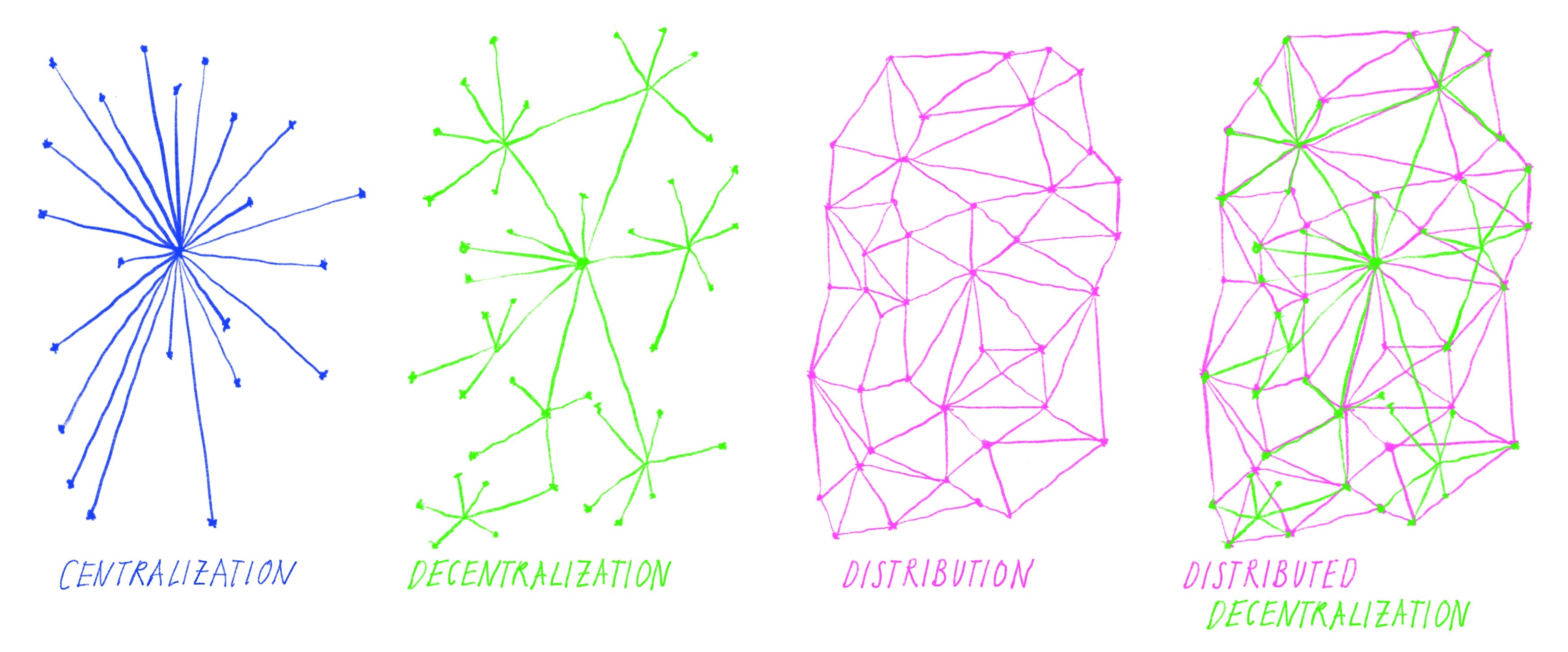|
Workers Group Of The Russian Communist Party
The Workers Group of the Russian Communist Party was formed in 1923 to oppose the excessive power of bureaucrats and managers in the new soviet society and in the Communist Party. Its leading member was Gavril Myasnikov. The Workers Group defended that the Soviet state and public enterprises should be run by soviets elected from the workplace and that the New Economic Policy (NEP) was in danger of becoming a "New Exploitation of the Proletariat" if not controlled by the workers' democracy. Its main activists were arrested in September 1923, and the group's activity was largely suppressed thereafter, although it continued to exist until the 1930s, inside prisons and possibly also underground. History Background In 1920, Gavril Myasnikov, then head of the Communist Party in Perm, in the Ural, began to express discontent with aspects of the evolution of the Soviet state, such as the progressive departure of the party leadership from the base militants, the growing number of ... [...More Info...] [...Related Items...] OR: [Wikipedia] [Google] [Baidu] |
Gavril Myasnikov
Gavril Ilyich Myasnikov (russian: Гавриил Ильич Мясников; February 25, 1889, Chistopol, Kazan Governorate – November 16, 1945, Moscow), also transliterated as Gavriil Il'ich Miasnikov, was a Russian Communism, communist revolutionary, a metalworker from the Urals, and one of the first Bolsheviks to oppose and criticise the communist dictatorship . Political career Born in to a working-class family, Gabriel Myasnikov left school at 11, to start work as a mechanic in the Motovilikha Plants, Motovilikha arms factory, in the Perm, Russia, Perm region. During the 1905 Russian Revolution, 1905 Revolution, he joined the Socialist Revolutionary Party and was involved in expropriating weapons, and ran combat unit. He joined the Bolsheviks in 1906. He was arrested that same year and exiled to Eastern Siberia, but escaped in June 1908. He was arrested again in 1909 and 1911, but escaped each time. Arrested for the fourth time, in Baku in 1913, he spent four years in ... [...More Info...] [...Related Items...] OR: [Wikipedia] [Google] [Baidu] |
Perm, Russia
Perm (russian: Пермь, p=pʲermʲ), previously known as Yagoshikha (Ягошиха) (1723–1781), and Molotov (Молотов) (1940–1957), is the largest city and the administrative centre of Perm Krai, Russia. The city is located on the banks of the Kama River, near the Ural Mountains, covering an area of , with a population of over one million residents. Perm is the List of cities and towns in Russia by population, fifteenth-largest city in Russia, and the fifth-largest city in the Volga Federal District. In 1723, a copper-smelting works was founded at the village of ''Yagoshikha''. In 1781 the settlement of Yagoshikha became the town of ''Perm''. Perm's position on the navigable Kama River, leading to the Volga, and on the Siberian Route across the Ural Mountains, helped it become an important trade and manufacturing centre. It also lay along the Trans-Siberian Railway. Perm grew considerably as industrialization proceeded in the Urals during the Soviet period, and i ... [...More Info...] [...Related Items...] OR: [Wikipedia] [Google] [Baidu] |
Capital Punishment
Capital punishment, also known as the death penalty, is the state-sanctioned practice of deliberately killing a person as a punishment for an actual or supposed crime, usually following an authorized, rule-governed process to conclude that the person is responsible for violating norms that warrant said punishment. The sentence ordering that an offender is to be punished in such a manner is known as a death sentence, and the act of carrying out the sentence is known as an execution. A prisoner who has been sentenced to death and awaits execution is ''condemned'' and is commonly referred to as being "on death row". Crimes that are punishable by death are known as ''capital crimes'', ''capital offences'', or ''capital felonies'', and vary depending on the jurisdiction, but commonly include serious crimes against the person, such as murder, mass murder, aggravated cases of rape (often including child sexual abuse), terrorism, aircraft hijacking, war crimes, crimes against h ... [...More Info...] [...Related Items...] OR: [Wikipedia] [Google] [Baidu] |
Grigori Zinoviev
Grigory Yevseyevich Zinoviev, . Transliterated ''Grigorii Evseevich Zinov'ev'' according to the Library of Congress system. (born Hirsch Apfelbaum, – 25 August 1936), known also under the name Ovsei-Gershon Aronovich Radomyslsky (russian: Овсей-Гершен Аронович Радомысльски, links=no), was a Soviet revolutionary and politician. He was an Old Bolshevik and a close associate of Vladimir Lenin. During the 1920s, Zinoviev was one of the most influential figures in the Soviet leadership and the chairman of the Communist International. Born in Ukraine to a Jewish family, Zinoviev began revolutionary activities by joining the underground Russian Social Democratic Labour Party (RSDLP) in 1901. In 1903 the RSDLP split between the Menshevik faction led by Julius Martov and the Bolsheviks led by Vladimir Lenin. Zinoviev joined Lenin's faction and in doing so he became one of the original Bolsheviks. As a Bolshevik, Zinoviev engaged in revolutionary activities ... [...More Info...] [...Related Items...] OR: [Wikipedia] [Google] [Baidu] |
Bureaucracy
The term bureaucracy () refers to a body of non-elected governing officials as well as to an administrative policy-making group. Historically, a bureaucracy was a government administration managed by departments staffed with non-elected officials. Today, bureaucracy is the administrative system governing any large institution, whether publicly owned or privately owned. The public administration in many jurisdictions and sub-jurisdictions exemplifies bureaucracy, but so does any centralized hierarchical structure of an institution, e.g. hospitals, academic entities, business firms, professional societies, social clubs, etc. There are two key dilemmas in bureaucracy. The first dilemma revolves around whether bureaucrats should be autonomous or directly accountable to their political masters. The second dilemma revolves around bureaucrats' behavior strictly following the law or whether they have leeway to determine appropriate solutions for varied circumstances. Various commen ... [...More Info...] [...Related Items...] OR: [Wikipedia] [Google] [Baidu] |
Centralisation
Centralisation or centralization (see spelling differences) is the process by which the activities of an organisation, particularly those regarding planning and decision-making, framing strategy and policies become concentrated within a particular geographical location group. This moves the important decision-making and planning powers within the center of the organisation. The term has a variety of meanings in several fields. In political science, centralisation refers to the concentration of a government's power—both geographically and politically—into a centralised government. An antonym of ''centralisation'' is '' decentralisation''. Centralisation in politics History of the centralisation of authority ''Centralisation of authority'' is the systematic and consistent concentration of authority at a central point or in a person within the organization. This idea was first introduced in the Qin Dynasty of China. The Qin government was highly bureaucratic and was administ ... [...More Info...] [...Related Items...] OR: [Wikipedia] [Google] [Baidu] |
Radical Democracy
Radical democracy is a type of democracy that advocates the radical extension of equality and liberty. Radical democracy is concerned with a radical extension of equality and freedom, following the idea that democracy is an unfinished, inclusive, continuous and reflexive process. Theories Within radical democracy there are three distinct strands, as articulated by Lincoln Dahlberg. These strands can be labeled as agonistic, deliberative and autonomist. Agonistic perspective The first and most noted strand of radical democracy is the agonistic perspective, which is associated with the work of Laclau and Mouffe. Radical democracy was articulated by Ernesto Laclau and Chantal Mouffe in their book '' Hegemony and Socialist Strategy: Towards a Radical Democratic Politics'', written in 1985. They argue that social movements which attempt to create social and political change need a strategy which challenges neoliberal and neoconservative concepts of democracy. This strategy is to e ... [...More Info...] [...Related Items...] OR: [Wikipedia] [Google] [Baidu] |
The State And Revolution
''The State and Revolution'' (1917) is a book by Vladimir Lenin describing the role of the state in society, the necessity of proletarian revolution, and the theoretic inadequacies of social democracy in achieving revolution to establish the dictatorship of the proletariat. Background Lenin began the composition of an early draft of ''The State and Revolution'' while in exile in Switzerland in 1916, under the title "Marxism on the State". "Soviets", legislative bodies of workers and peasants were the ''de facto'' governments of Petrograd and many smaller cities. The Russian public was deeply upset with the continuation of Russia's involvement in World War I and the continued economic difficulties that it brought on. On November 7, the Congress of Soviets officially elected a coalition of Bolsheviks, Socialist Revolutionaries and Mensheviks to govern. Through the Red Guards, paramilitary organizations of revolutionary workers, sailors and soldiers; the Soviet government was able ... [...More Info...] [...Related Items...] OR: [Wikipedia] [Google] [Baidu] |
Vladimir Lenin
Vladimir Ilyich Ulyanov. ( 1870 – 21 January 1924), better known as Vladimir Lenin,. was a Russian revolutionary, politician, and political theorist. He served as the first and founding head of government of Soviet Russia from 1917 to 1924 and of the Soviet Union from 1922 to 1924. Under his administration, Russia, and later the Soviet Union, became a one-party socialist state governed by the Communist Party. Ideologically a Marxist, his developments to the ideology are called Leninism. Born to an upper-middle-class family in Simbirsk, Lenin embraced revolutionary socialist politics following his brother's 1887 execution. Expelled from Kazan Imperial University for participating in protests against the Russian Empire's Tsarist government, he devoted the following years to a law degree. He moved to Saint Petersburg in 1893 and became a senior Marxist activist. In 1897, he was arrested for sedition and exiled to Shushenskoye in Siberia for three years, where he married ... [...More Info...] [...Related Items...] OR: [Wikipedia] [Google] [Baidu] |
9th Congress Of The Russian Communist Party (Bolsheviks)
9 (nine) is the natural number following and preceding . Evolution of the Arabic digit In the beginning, various Indians wrote a digit 9 similar in shape to the modern closing question mark without the bottom dot. The Kshatrapa, Andhra and Gupta started curving the bottom vertical line coming up with a -look-alike. The Nagari continued the bottom stroke to make a circle and enclose the 3-look-alike, in much the same way that the sign @ encircles a lowercase ''a''. As time went on, the enclosing circle became bigger and its line continued beyond the circle downwards, as the 3-look-alike became smaller. Soon, all that was left of the 3-look-alike was a squiggle. The Arabs simply connected that squiggle to the downward stroke at the middle and subsequent European change was purely cosmetic. While the shape of the glyph for the digit 9 has an ascender in most modern typefaces, in typefaces with text figures the character usually has a descender, as, for example, in . The mod ... [...More Info...] [...Related Items...] OR: [Wikipedia] [Google] [Baidu] |
Nationalization
Nationalization (nationalisation in British English) is the process of transforming privately-owned assets into public assets by bringing them under the public ownership of a national government or state. Nationalization usually refers to private assets or to assets owned by lower levels of government (such as municipalities) being transferred to the state. Nationalization contrasts with privatization and with demutualization. When previously nationalized assets are privatized and subsequently returned to public ownership at a later stage, they are said to have undergone renationalization. Industries often subject to nationalization include the commanding heights of the economy – telecommunications, electric power, fossil fuels, railways, airlines, iron ore, media, postal services, banks, and water – though, in many jurisdictions, many such entities have no history of private ownership. Nationalization may occur with or without financial compensation to the former owners. ... [...More Info...] [...Related Items...] OR: [Wikipedia] [Google] [Baidu] |
Scientific Management
Scientific management is a theory of management that analyzes and synthesizes workflows. Its main objective is improving economic efficiency, especially labor productivity. It was one of the earliest attempts to apply science to the engineering of processes to management. Scientific management is sometimes known as Taylorism after its pioneer, Frederick Winslow Taylor. Mitcham, Carl and Adam, Briggle ''Management'' in Mitcham (2005) p. 1153 Taylor began the theory's development in the United States during the 1880s and 1890s within manufacturing industries, especially steel. Its peak of influence came in the 1910s. Although Taylor died in 1915, by the 1920s scientific management was still influential but had entered into competition and syncretism with opposing or complementary ideas. Although scientific management as a distinct theory or school of thought was obsolete by the 1930s, most of its themes are still important parts of industrial engineering and management today. ... [...More Info...] [...Related Items...] OR: [Wikipedia] [Google] [Baidu] |








